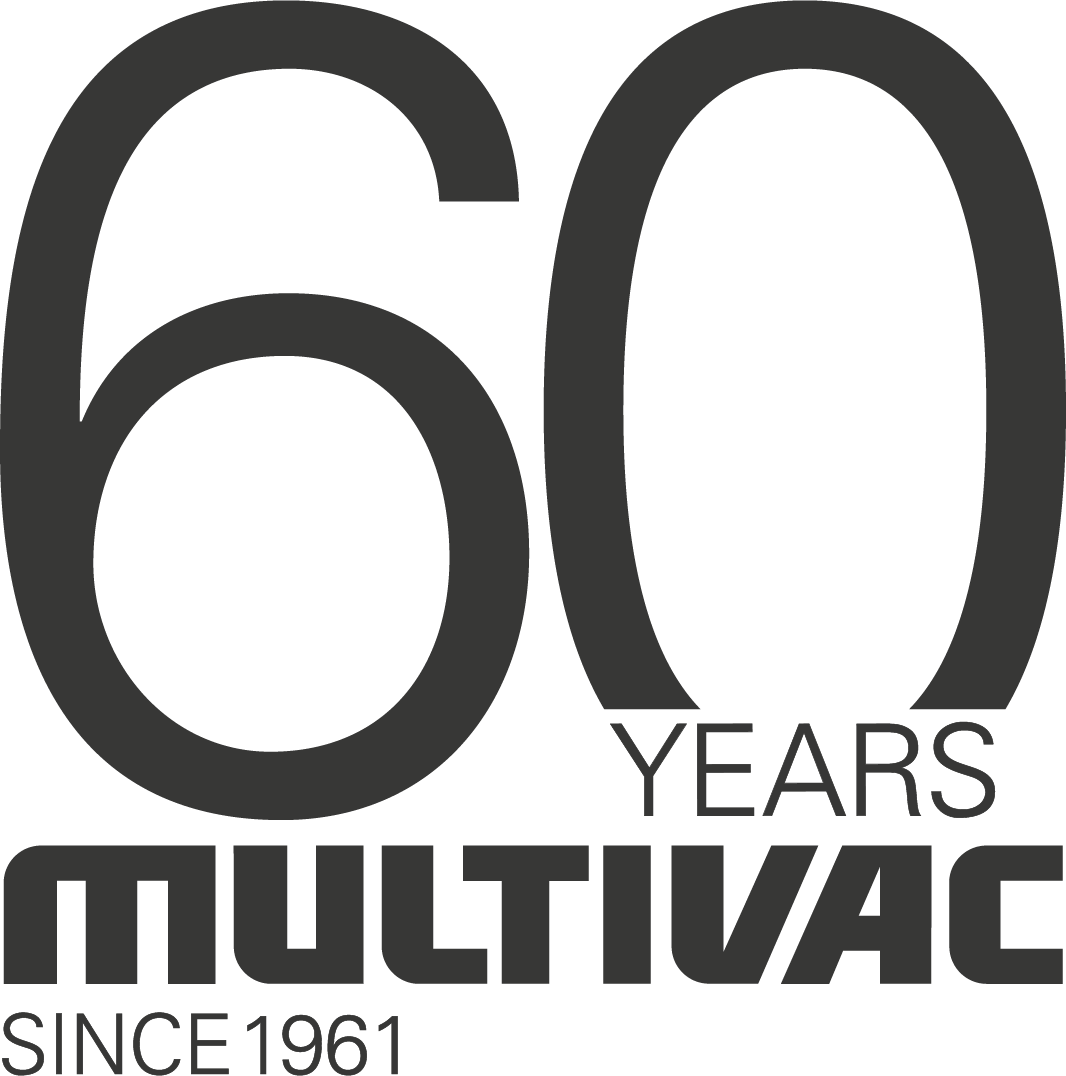
Packaging development and design is a complex process. It requires collaboration, clearly defined goals, sample production and sign-off from the client. With its highly experienced project managers, who all have the technical knowledge and practical experience to support clients from the start of a project to its successful completion, Multivac is here to support your journey every step of the way.
The first step in packaging development is to get in a room with the client and discuss their product. It’s a rigorous process where every detail must be discussed. How much protection does the product require from the packaging? What technology will be used to produce the packaging? What labelling or markings are required? Will it require opening aids? And how will the product be further packaged, stored and transported?
The second stage is to produce initial concepts and settle on the basic design. Rapid prototyping, a group of techniques used to fabricate a scale model, can be used to help customers make decisions, and serves as the basis for subsequent sample production.
This can help a customer establish what packaging materials or films they’d like to use, the thickness of those films, and then finally to show how those materials will stand up to testing procedures.
Withstanding the test of time
Multivac’s innovative testing process is designed to replicate the general wear and tear faced by a product over its lifecycle. This includes testing the stability and rigidity of the packaging, the seal seam strength, the residual thickness of the film, the pack’s ability to withstand transport and storage, how it ages, and its sterility.
The larger the sample, the easier it is to see where damage might occur, and if requested, the sample production can even take place under real conditions.
Sample production takes place on a bespoke packaging machine. Specialised cutting tools (test dies) are individually developed and produced for your product. Different thermoforming processes can also be combined and analysed so that a direct comparison can be made between different materials and pack shapes.
Some parts of the test process, such as measuring the residual film thickness produced by one of our thermoforming dies, take place during this phase of production.
Analysis and evaluation of the process concludes with a decision for or against one of the sample products, supported by one of our Multivac experts, who will work with you on producing the best possible product.
What does this mean for the customer?
The aim of packaging development is to ensure a product is able to withstand the rigours of the logistics chain. Thanks to our testing process it is possible to get a product to market faster than ever, helping to assess whether a product is fit for purpose.
The end goal must be to produce packaging that is suitable for industrial-scale production in a cost-effective manner. Automation of the process must also be considered along with aspects of the product’s secondary packaging.
Analysis from the sampling process will feed into the final packaging design as well as the layout of the machine. It allows us to answer many pressing questions. How high should the cycle rate be set? What degree of automation is required? Is it possible to automate the infeed and discharge of the product with a view to greater efficiency? How do we introduce a higher level of product protection if the need arises? What labelling or marking solution should be used on the packaging line so that statutory requirements on identification, anti-counterfeiting and traceability can be met?
Once the manufacture of the packaging machine is complete, it undergoes what we call a Factory Acceptance Test by the customer.
After the machine has been installed at the customer’s site, the Site Acceptance Test takes place. From there it is simply a matter of turning on the machine and getting your products to market.


